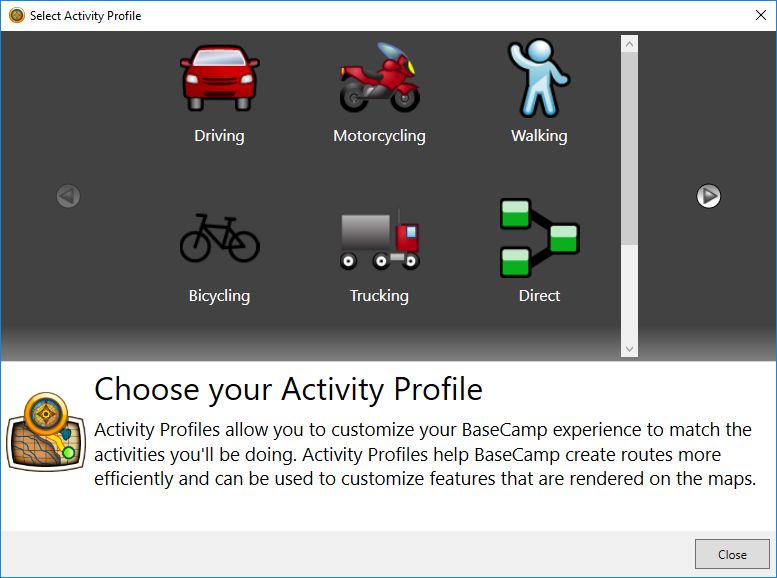

Further research suggests that the effects of EMF are much more prominent when the body is in regenerative state, aka sleep. As well as environment itself (the sheer number of devices and electromagnetic waves emitted by neighbors, in public spaces, towers, “smart” utility meters and more. However most people get too sidetracked focusing on devices that are wireless and expected to emit and forget about cheap (mostly) Chinese power adapters, bulbs, and more that are terrible in this aspect. Also anti-lobby, illegal practices, and fake or meaningless research by big corps. The issue with all slow killers, like “low” levels of exposure over time, is they are easy to dismiss as they are hard to research and the research is underfunded. Also 20 minutes next to cell tower antennas can and does make people sick. In contrary to other comments, I do agree that EMF/EMI is a real issue. – Air quality, frequent exercise and activities are better ways to focus effort on. – ANT+ devices seem to have minuscule emissions (1/3rd on log scale of WiFi).

– ADHD causes may or not be related to EMF instead of the actual device usage (mini-games, social media). – A lot of EMF is caused by cheap light”bulbs” / “brick” power supplies however. Skeptic, engineer, knowledge in the topic (Electronics Engineering), as well some personal research into the physio-biological aspects of EMF/EMI. Like this article? Subscribe to our monthly newsletter and never miss out!Ĭonsider this educated opinion. All you need to know is – if you see an ANT+ device you can use it with every other device supporting this protocol.
Garmin ant agent temporary files manual#
You don’t really need to have much technical knowledge about ANT+, so forget about reading a lengthy manual or instruction booklet.

You can even have multiple displays read the same sensors at once. For example, an ANT+ enabled bike computer can read data from a power meter, speed/cadence sensor and heart rate sensor at the same time. This is in contrast with normal Bluetooth, which was designed for relatively high bit-rate, higher battery consumption applications such as those for streaming sound.Īs mentioned, the protocol allows many devices to communicate concurrently without interference from each another. It works on short distances, typically less than 5 feet. ANT+ was designed for low bit-rate and low power sensor networks. The data transfer rate is slower though, but that’s fine as the applications are not as resource intensive. The ANT+ protocol actually uses the same frequencies as WiFi and Bluetooth, namely 2.4 GHz.
Garmin ant agent temporary files update#
Because devices are compatible across brands, you can always add to or update your monitoring system. The wireless protocol is used by a many companies including Garmin, Suunto, Adidas, Fitbit, Nike and others. The second generation is also an ultra low power version of the first, developed specifically for health, fitness and sports gadgets.ĪNT+ is designed and maintained by the ANT+ Alliance which is owned by Garmin. The next ANT+ generation follows the same standardised specifications for all devices, so that they work together regardless of the manufacturer. The first generation of ANT sensors would not work with all competitor products. They can also determine when to transmit based on the activity of neighbouring nodes.

Nodes in the network can act as transmitters, receivers, or transceivers to route traffic to other nodes. They are separated simply by the physical distance between them. The network exists wherever a group of ANT enabled sensors and receivers can be found. But what exactly is it?ĪNT is an acronym for “Advanced and Adaptive Network Technology.” Now this in itself is not terribly helpful so put simply, ANT is a wireless protocol for collection and transfer of sensor data. If you are really into tracking your fitness or cycling, it is most likely you have come across the term ANT+.


 0 kommentar(er)
0 kommentar(er)
